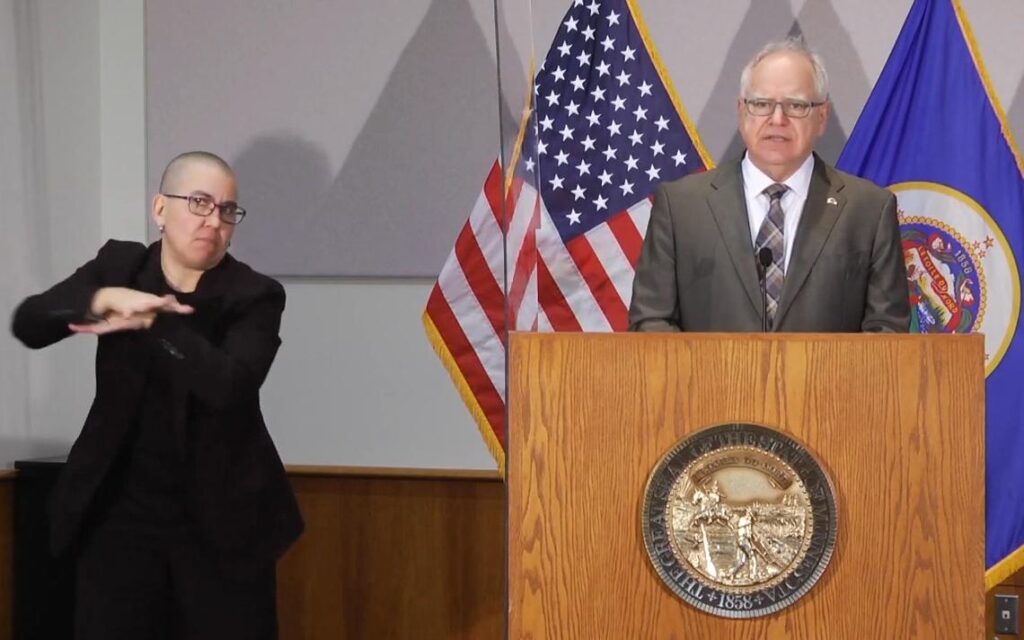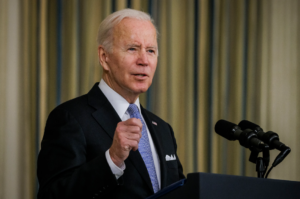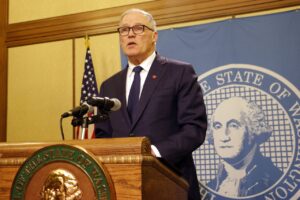Gov. Walz announces allocation of $103 million of federal money
3 min read
Gov. Tim Walz announced the allocation of $103 million in federal American Rescue Plan funds on Friday to support Minnesota students, drive workforce development, and shelter vulnerable Minnesotans before winter.
“President Biden’s American Rescue Plan delivers direct relief to Americans by providing resources to beat this pandemic and build a stronger economy for generations to come. That’s exactly what we’re prioritizing here in Minnesota,” Walz said in a statement. “With this funding, we are helping students recover from the challenges of the COVID-19 pandemic, driving workforce development in critical, good-paying fields, and providing safe shelter to the Minnesotans who need it most before our harsh winter months.”
The funding is divided as follows:
Supporting Students
– $29 million will be a one-time investment to artificially replace enrollment loss for per-pupil funding for students that left public schools. On average, one public school student in Minnesota generates roughly $10,286 in general education revenue. Without additional support, last year’s drop in student enrollment would drop school funding.
Driving Workforce Development
– $35 million will increase the number of qualified workers for high-need career areas, like health care, business, education, and industry and technology. The investment will provide tuition-free paths for students at a Tribal College or public institutions earning a credential or degree for jobs such as nursing, accounting, teaching, engineering, and firefighting. Eligibility for Minnesota Future Together Grants will be determined based on a student’s financial aid profile and will be awarded starting in spring 2022.
Sheltering the Most Vulnerable Before Winter
– $10 million will be managed through an interagency, interdisciplinary state homeless shelter emergency response team focused on helping shelters respond to COVID-19 outbreaks.
The funds will cover staffing and hazard pay to keep shelters operating, establish shelter capacity to de-concentrate shelters or create isolation options, and other costs for supplies including air filtration, personal protective equipment, or food.
Biden’s plan provides $8.5 billion to Minnesota to support COVID-19 recovery efforts, divided as:
- $2.13 billion to local governments,
- $2.83 billion to the state government, and
- $3.5 billion for existing federally-funded programs to help Minnesotans impacted the most during the pandemic.
State leaders agreed to divide the state’s $2.833 billion into three categories: immediate COVID-19 response ($500 million, which includes Walz’s allocation of $103 million announced today), long-term pandemic recovery ($1.15 billion, to be allocated during the 2022 state legislative session), and state revenue replacement ($1.183 billion).
On Sept. 3, Minnesota Management and Budget Commissioner Jim Schowalter approved an additional $103 million of funding from the COVID-19 Flexible Response account, including
- $11.49 million for Minnesota Zoo’s operations
- $3.79 million for the Science Museum’s operations
- $3 million for state parking facilities
- $4 million for enterprise planning, space consolidation, and agency relocation
- $3.175 million for workers’ compensation
- $35 million for the Workforce Stabilization Grant program
- $10 million for sheltering
- $4 million for education partnerships
- $29.1 million for pandemic enrollment aid
Additional allocations of the $500 million reserved for immediate COVID-19 response will be announced in the coming months.
The $29 million to be sent to schools follows statewide assessment showing student scores suffered during pandemic learning.
In math, 44% of students in grades three to eight and 11 who took the Minnesota Comprehensive Assessments (MCA) or Minnesota Test of Academic Skills (MTAS) met or exceeded grade-level standards, down from 55% in 2019. Student reading proficiency dropped seven percentage points to 53% from 2019, while science proficiency dropped eight percentage points to 43%.
This article was originally posted on Gov. Walz announces allocation of $103 million of federal money






